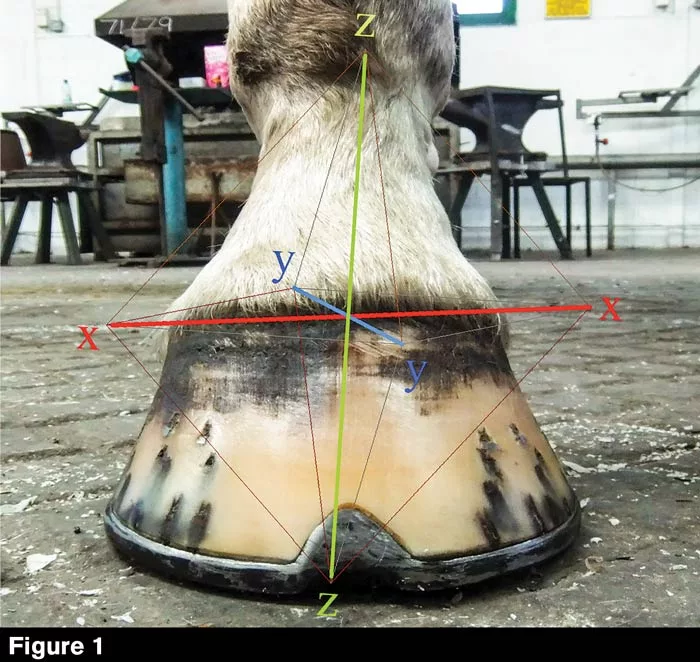American Farriers Journal
American Farriers Journal is the “hands-on” magazine for professional farriers, equine veterinarians and horse care product and service buyers.

As farriers, we can use farriery and different farriery techniques to aid biomechanical function. But first, we must study the foot and understand form and function.
It’s important that we think about the structure of the various parts of the foot and the way they are formed — the anatomy. We should also think about the way they work in conjunction with each another — function or physiology. Then, we need to think about balance. What is it? Everyone has a different definition.
The Oxford English dictionary defines balance as the “harmonious adjustment of parts or the harmonious performance of functions in relation to anatomy.” Crawford, Neb., farrier Doug Butler defines it as “when weight placed on the leg of each horse is equally distributed over the force of each leg.” Alsager, England, farrier Mark Caldwell describes it as “the maintenance of optimum limb performance for the duration of the working life of the equine, but within the confines of its own conformation.” It’s important to remember that we can’t change conformation of the mature animal. All we can hope to do is compensate for it.